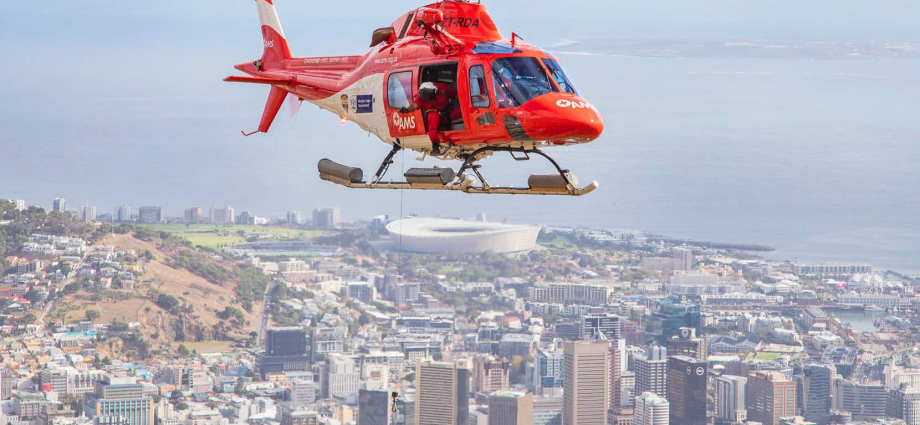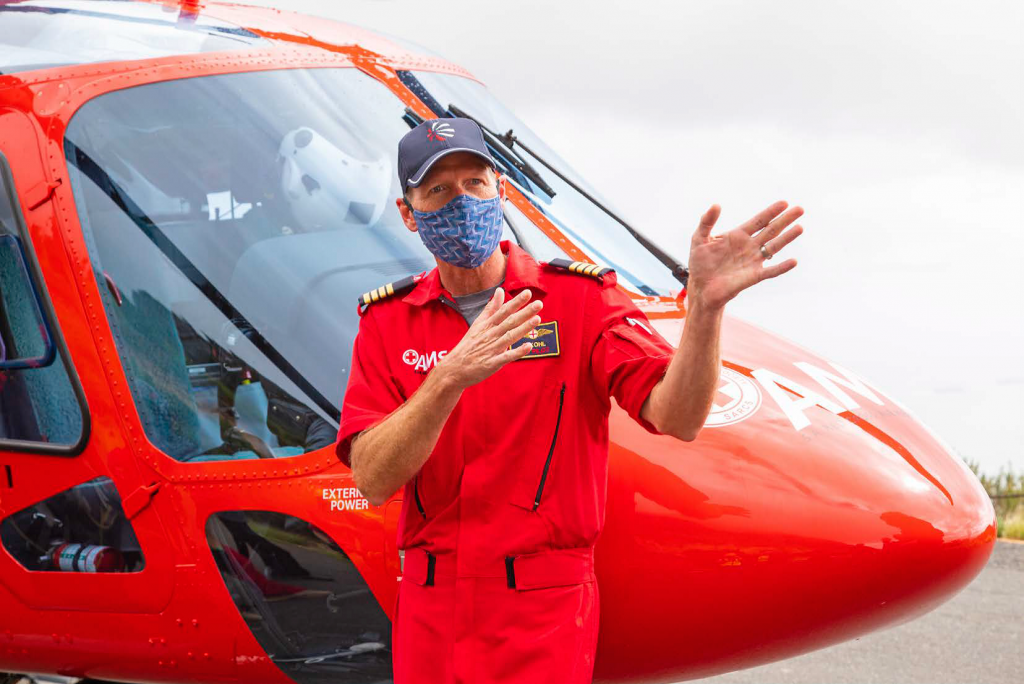
(Text and images: Grant Duncan-Smith: Subiaco Photography)
Flying a medical rescue helicopter is one of the most demanding roles for a helicopter pilot. Often it is literally a matter of life and death to get the patient to the hospital. We chat to Air Mercy Service pilot Donovan Kohl about how he got to qualify as an AMS pilot and what it takes.
GDS: When did you first know you wanted to be a pilot?
DK: As far back as I can recall, but from the age of 9 years old my parents said I always had a keen fascination for flying.
GDS: Where were you born and where did you grow up?
DK: I was born in Salisbury (Harare) but grew up in Tzaneen where I completed my schooling at Merensky High School. Thereafter I joined the SAAF and my studies were all aviation related. I qualified as an Aircraft Maintenance Engineer and Flight Engineer on helicopters in the SAAF. I still hold a valid AME Licence as well.
‘The Agusta A119 Koala has been the most fun’
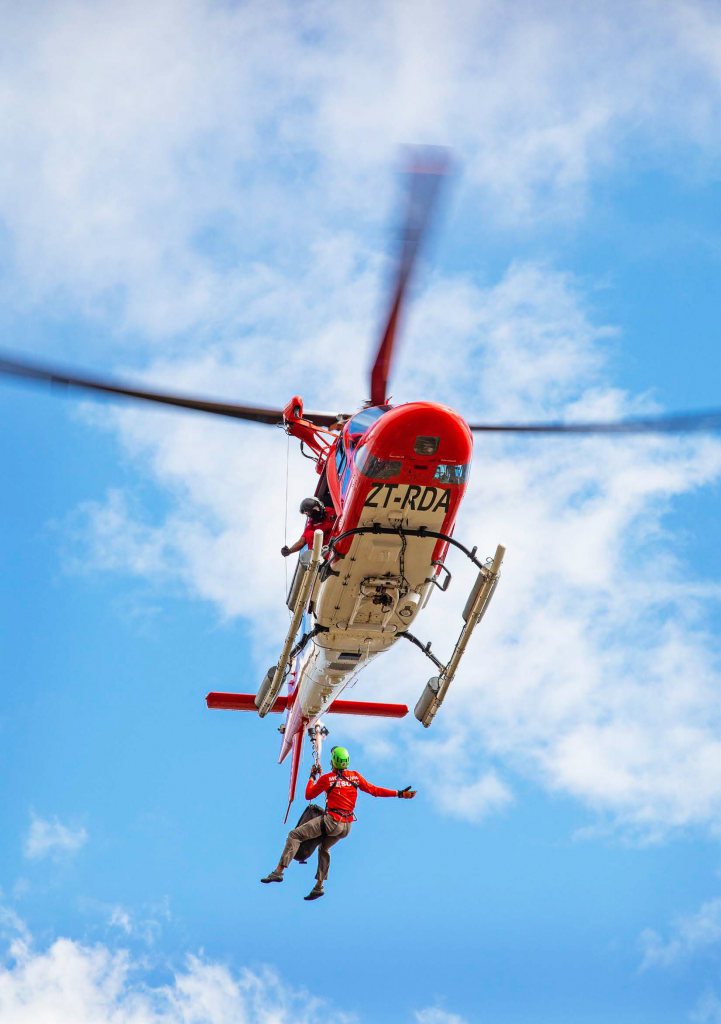
You gain most of this understanding with experience
Donovan Kohl holds both winch and sling ratings as well as an instrument rating.
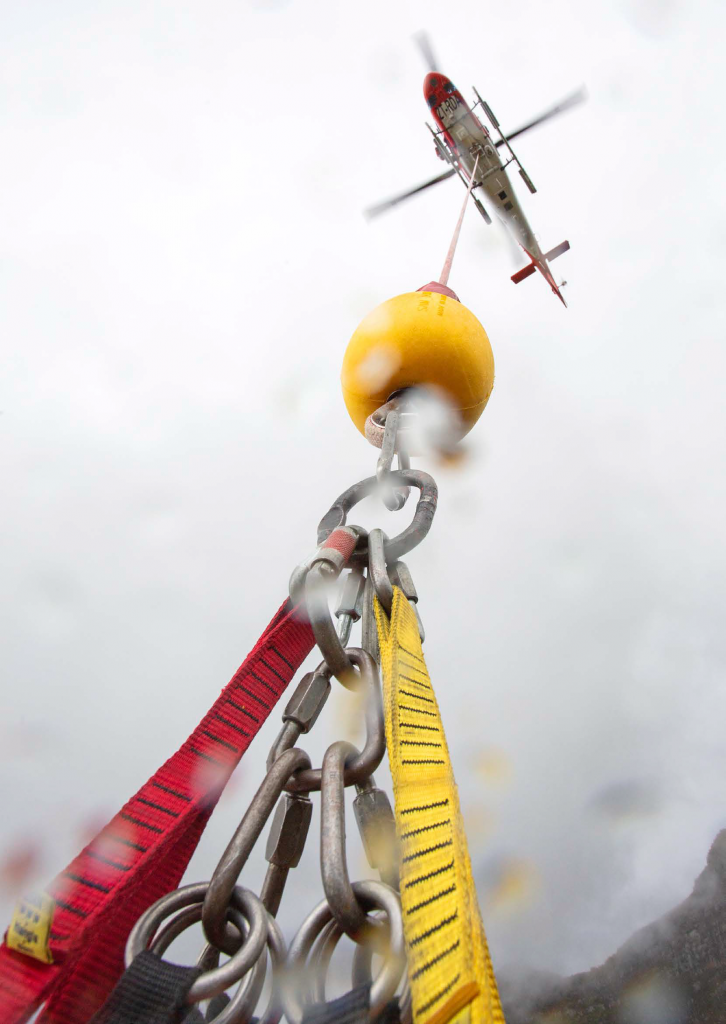
GDS: Where did you learn to fly?
DK: Initially I completed a fixed wing PPL through the Defence Flying Club at Air Force Base Swartkop. After leaving the SAAF I completed my helicopter PPL with Dave Mouton’s flying school, then Helibip, at Midrand. My CPL(H) was then completed with Starlite Aviation at Virginia. I earned my ATPL(H) during the course of my flying career.
GDS: What helicopters are you rated on?
DK: The Agusta 119 & 109, EC130, AS350; Sikorsky 76, Bell 212, RH22 & 44 and H269 helicopters, with Instrument and Night Ratings with NVG. I also have Sling and Winch and Test Pilot (Class 2) ratings. I no longer fly fixed wings.
GDS: What is your favourite aircraft?
DK: The Agusta 109 Grand thus far has been the most fun to fly.
GDS: What has been your most memorable flight?
DK: During the course of my career I had the privilege to work on the Antarctic and Islands contract with CHC Africa. By far the most memorable flying was done in Antarctica using Bell 212s. That was basically the start of my commercial helicopter career, as I was a lowly co-pilot back then with much to learn.
GDS: How long you have flown with AMS?
DK: I have been with AMS for 14 years. My first 2 years were spent in Bloemfontein, the latter 12 have all been Cape Town based. When required, we also do relief duties at other AMS bases around the country.
GDS: What specific skills are important as a HEMS/Mountain Rescue pilot? And what advice would you give pilots wanting to do AMS work?
DK: From my own experience, the best advice I can give is that to have a good knowledge and technical understanding of the aircraft type one operates is invaluable. Respect your helicopter and know its limits – as well as your own.
Regarding skills: currently the most demanding is mountain flying as it is an ever-changing environment, particularly in Cape Town with the winds we experience.
Every rescue is different and sometimes the weather conditions and wind can hamper a mission. It is all too easy to get caught out during a mission to save a life. You have to be careful not to get pressured, and ultimately to maintain a keen eye on all aspects of safety, for yourself, the crew, the patient and the helicopter.
Having a good understanding of mountain flying is important. You gain most of this understanding with experience, however there are many brilliant and skilled/experienced helicopter pilots out there and one should never be afraid to ask advice from them.
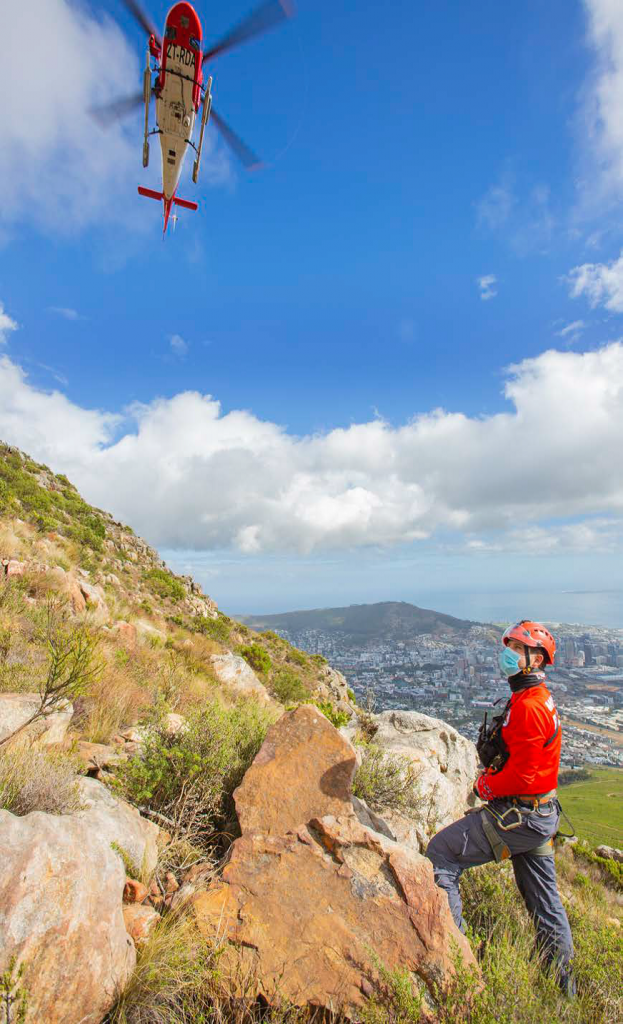
Weather conditions and wind can hamper a mission
Mountain flying is the most challenging, especially with Cape Town winds.

